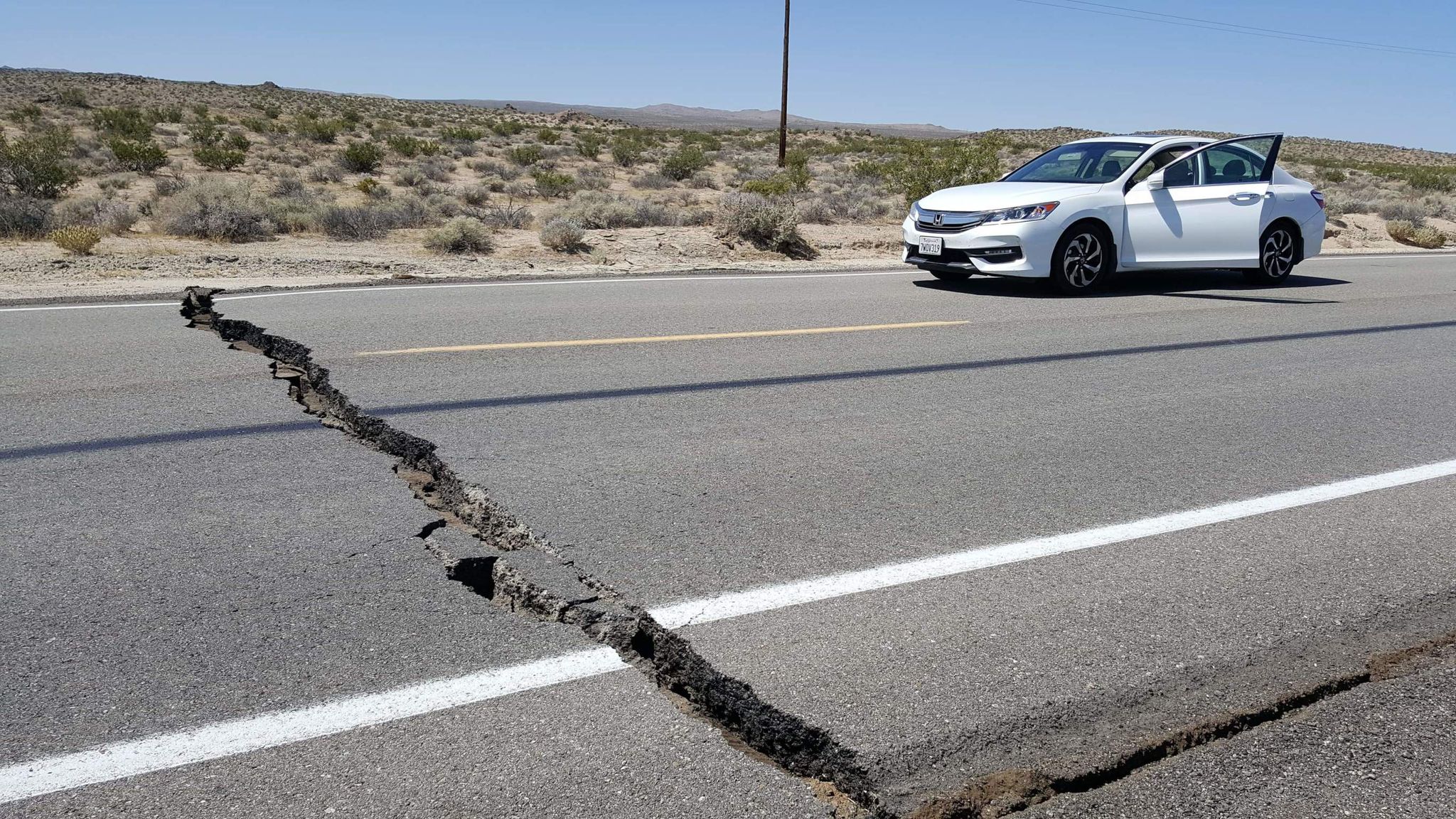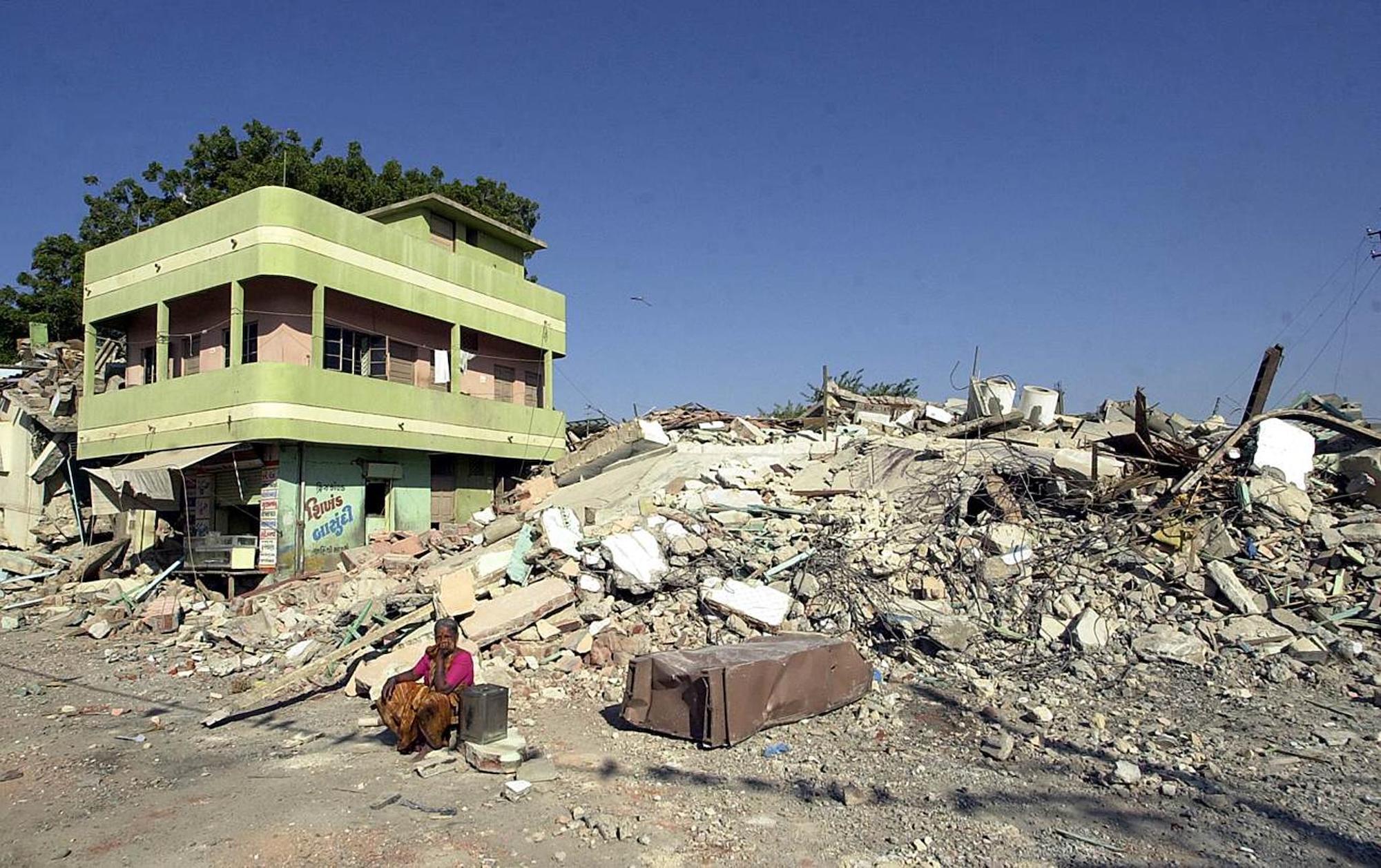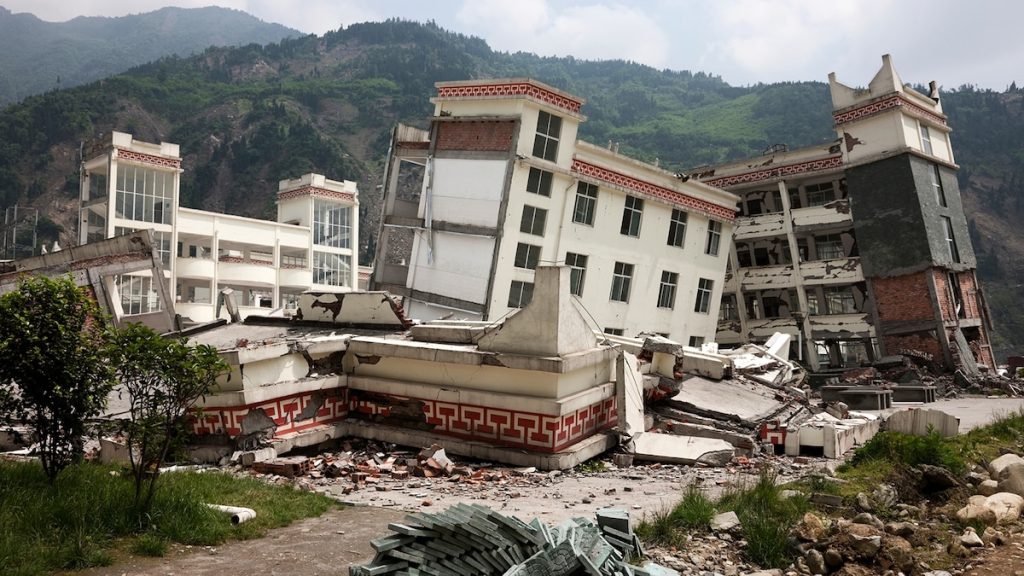Earthquakes are a natural phenomenon that can strike anywhere, but in San Diego, the risk is often underestimated. While the city is more commonly associated with wildfires and landslides, earthquakes pose a significant threat due to the presence of active faults like the Rose Canyon Fault. This article explores the earthquake risks in San Diego, historical data, and essential preparedness tips for residents.
Understanding Earthquake Risks in San Diego
San Diego County is home to several active faults, including the Rose Canyon Fault, which runs through the heart of downtown San Diego. Despite being less known than the San Andreas Fault, the Rose Canyon Fault is considered one of the most dangerous in the region. It has not produced a major earthquake since long before European settlers arrived, but its activity is well-documented by geological surveys.
The proximity of this fault to the city center and main economic hubs means that a major earthquake could have devastating consequences. Most residents are within 15 miles of the fault, and ground shaking from a major event could cause widespread damage throughout the county.
Historical Earthquake Activity in San Diego

While San Diego may not have the same frequency of earthquakes as other parts of Southern California, it has experienced its share of seismic events. Some notable historical earthquakes include:
- 1800 San Diego Earthquake: One of the earliest recorded earthquakes in the area.
- 1862 San Diego Earthquake: A significant tremor that caused damage to buildings and infrastructure.
- 1940 Imperial Valley Earthquake: A magnitude 7.0 quake that affected San Diego and surrounding regions.
- 1992 Landers Earthquake: A magnitude 7.3 earthquake that was felt across San Diego and other parts of Southern California.
These events highlight the potential for strong shaking in the region, even if they are not as frequent as in areas closer to the San Andreas Fault.
Recent Earthquake Events

In recent years, San Diego has experienced smaller earthquakes, some of which have been felt by residents. For example, a magnitude 5.2 earthquake rattled the San Diego region on April 14, 2025, causing minor disruptions but no injuries or major damage. Local authorities used the event as a reminder to ensure residents are prepared for future seismic activity.
According to the Southern California Earthquake Center, there is a 60% chance of a 6.7 or greater earthquake occurring in Southern California in the next 30 years. While this probability does not guarantee an earthquake, it underscores the importance of preparedness.
Preparing for an Earthquake

Preparation is key to minimizing the impact of an earthquake. Here are some essential steps to take:
Before an Earthquake
- Inspect your home: Secure furniture, bookcases, and cabinets to prevent them from falling during an earthquake.
- Create an emergency plan: Identify safe spots in your home and workplace, such as under sturdy tables or desks.
- Prepare an emergency kit: Include items like a flashlight, batteries, water, non-perishable food, medicine, and extra clothes.
- Learn important phone numbers: Ensure all family members know how to contact emergency services and each other.
- Take a first aid class: Being trained in basic first aid can be life-saving in the aftermath of an earthquake.
During an Earthquake
- Drop, cover, and hold on: Find a sturdy table or desk, drop to the ground, and cover your head and neck.
- Avoid windows and heavy furniture: These can shatter or tip over, causing injury.
- Stay outside if you’re in a car: Avoid buildings, trees, and power lines.
- Be aware of secondary hazards: Power outages and fire alarms may activate during an earthquake.
After an Earthquake

- Check for injuries: Provide first aid to anyone who needs it.
- Turn off utilities: If you suspect gas leaks or electrical issues, turn off the main switches.
- Use emergency communication: Limit phone use to emergencies and follow local instructions.
- Stay informed: Listen to news updates and official alerts for information on safety and recovery efforts.
Resources for Earthquake Information
Residents of San Diego can access valuable resources to learn more about earthquake risks and preparedness:
- MyHazards: A tool to discover hazards in your area and reduce your risk.
- California Emergency Management Agency (CalEMA): Provides information on emergency planning and response.
- County of San Diego Office of Emergency Services: Offers guidance on earthquake preparedness and response.
- ShakeOut Scenario: A detailed picture of a possible large earthquake along the southern San Andreas Fault.
- United States Geological Survey (USGS): Provides maps, hazard assessments, and real-time earthquake data.
Frequently Asked Questions
Here are answers to common questions about earthquakes in San Diego:
-
Q: What should I do if I’m inside during an earthquake?
A: Drop to the ground, take cover under a sturdy table or desk, and hold on until the shaking stops. -
Q: What if I’m outside during an earthquake?
A: Move away from buildings, trees, streetlights, and power lines. Stay in the open until the shaking stops. -
Q: How can I help someone trapped after an earthquake?
A: Tap on a pipe or wall to signal rescuers and avoid shouting to conserve air and prevent dust inhalation. -
Q: Are there special resources for people with disabilities?
A: Yes, the Red Cross and other organizations offer assistance for individuals with disabilities during disasters.
Staying Informed and Prepared
Earthquakes are unpredictable, but preparation can make a significant difference in ensuring your safety. By understanding the risks, creating an emergency plan, and staying informed, San Diego residents can better protect themselves and their communities.
Stay updated with the latest news and preparedness tips. Visit the links provided above to learn more about earthquake safety and how to respond in an emergency.
Explore today’s headlines and stay ahead of the curve. Whether it’s earthquakes, wildfires, or other natural disasters, being informed is the first step in staying safe.











More Stories
What Is Yodo Para Tiroides and How Does It Affect Thyroid Health?
What is WSET? A Comprehensive Guide to Wine Education
US Trending News: What Are Winter Bones? A Guide to the Seasonal Trend in Bone Health